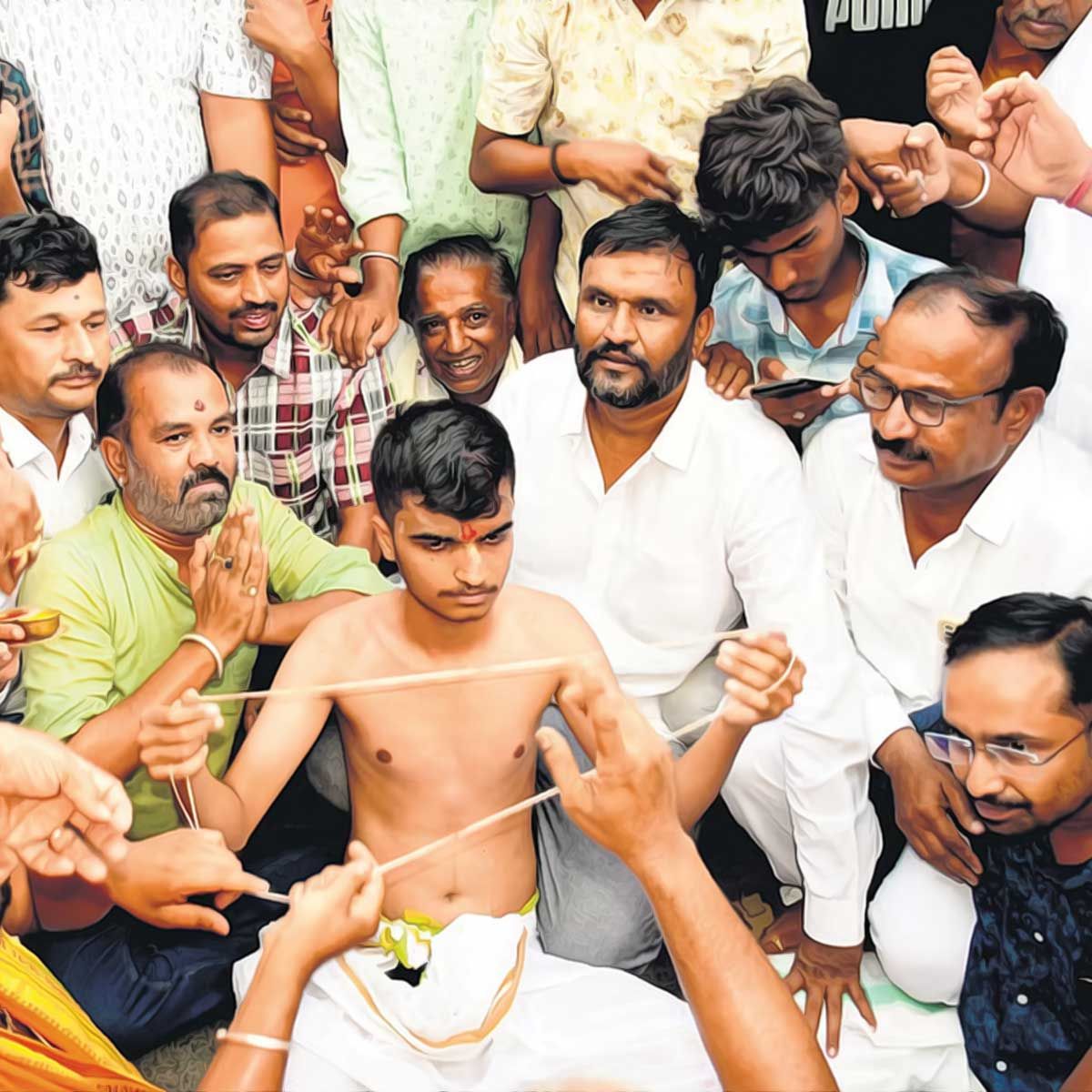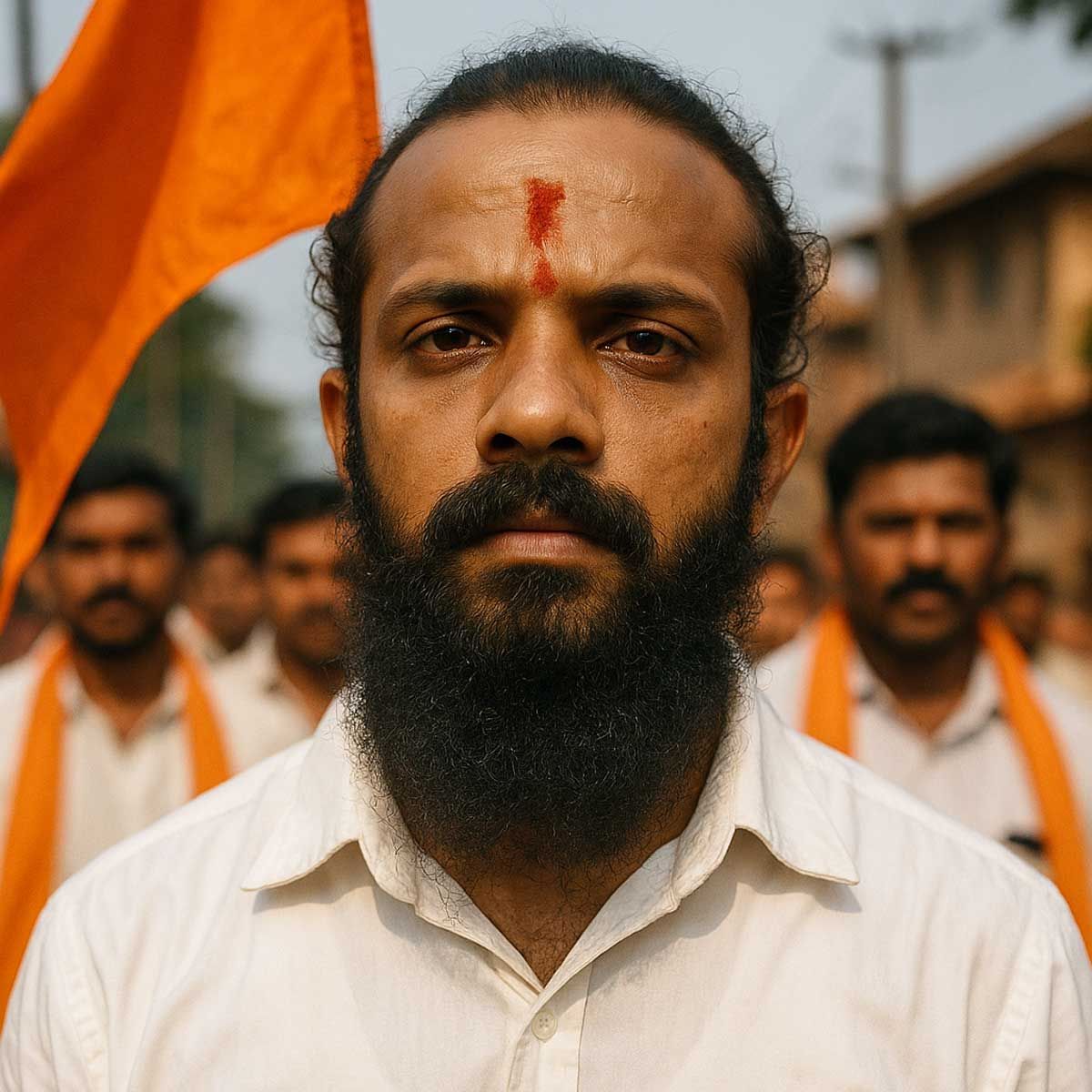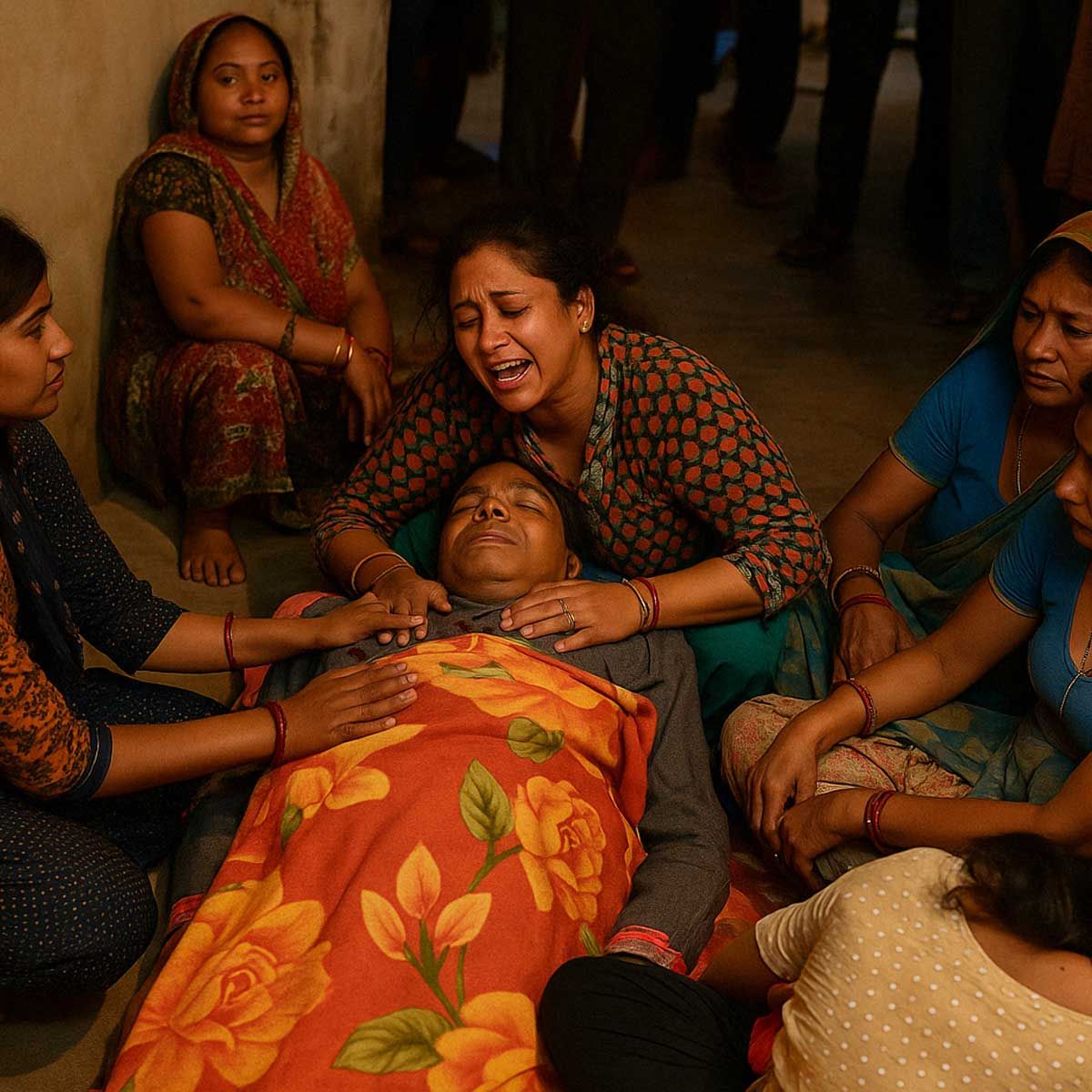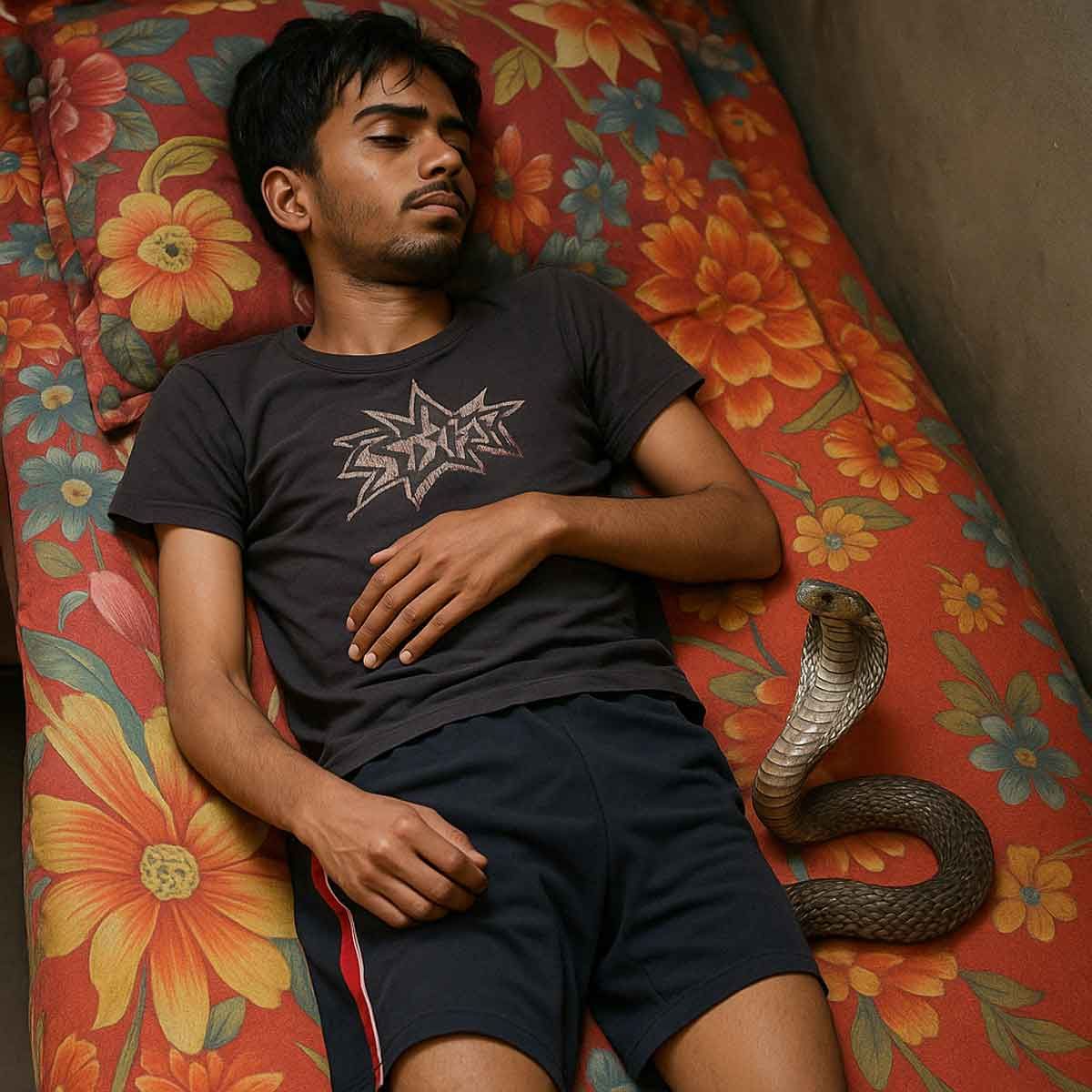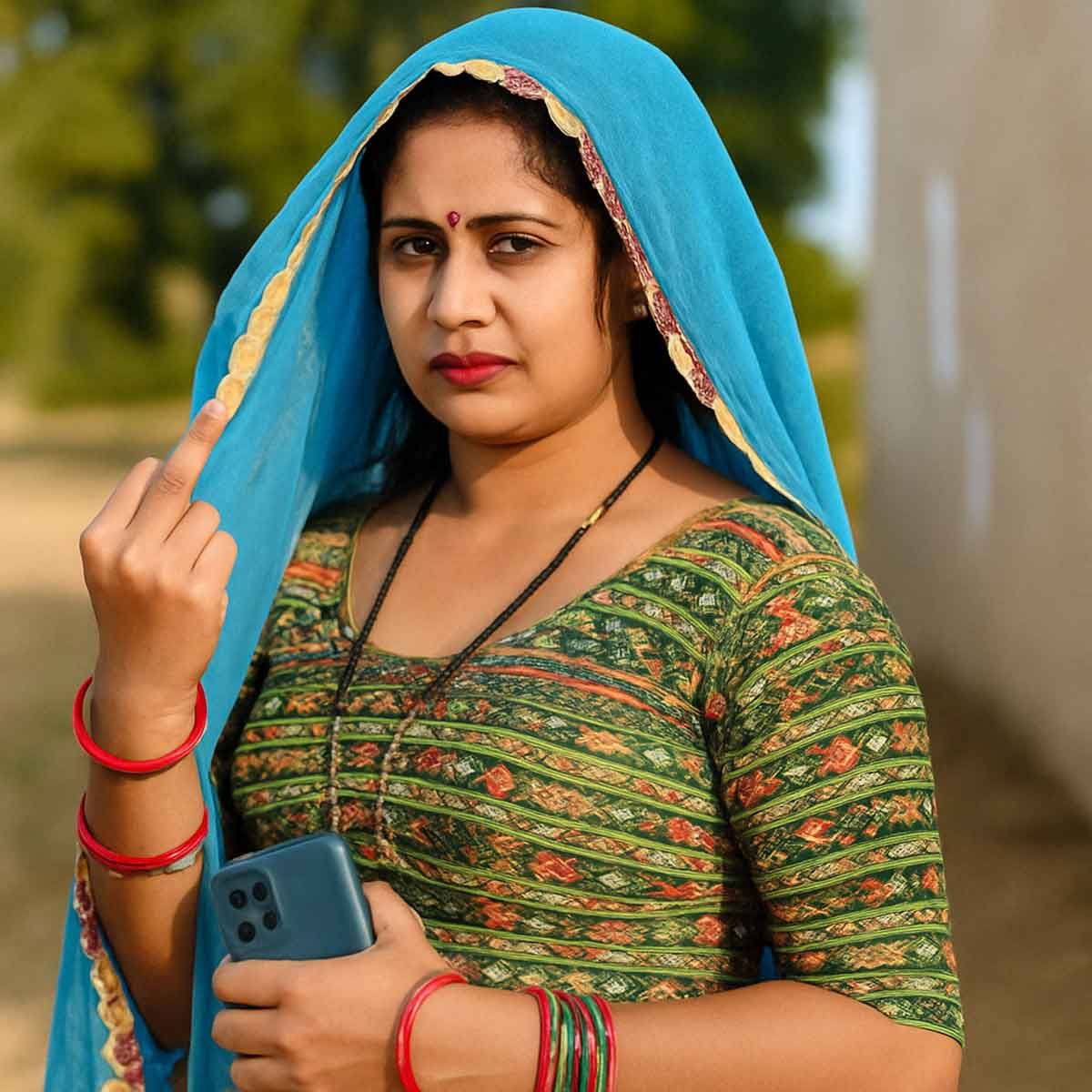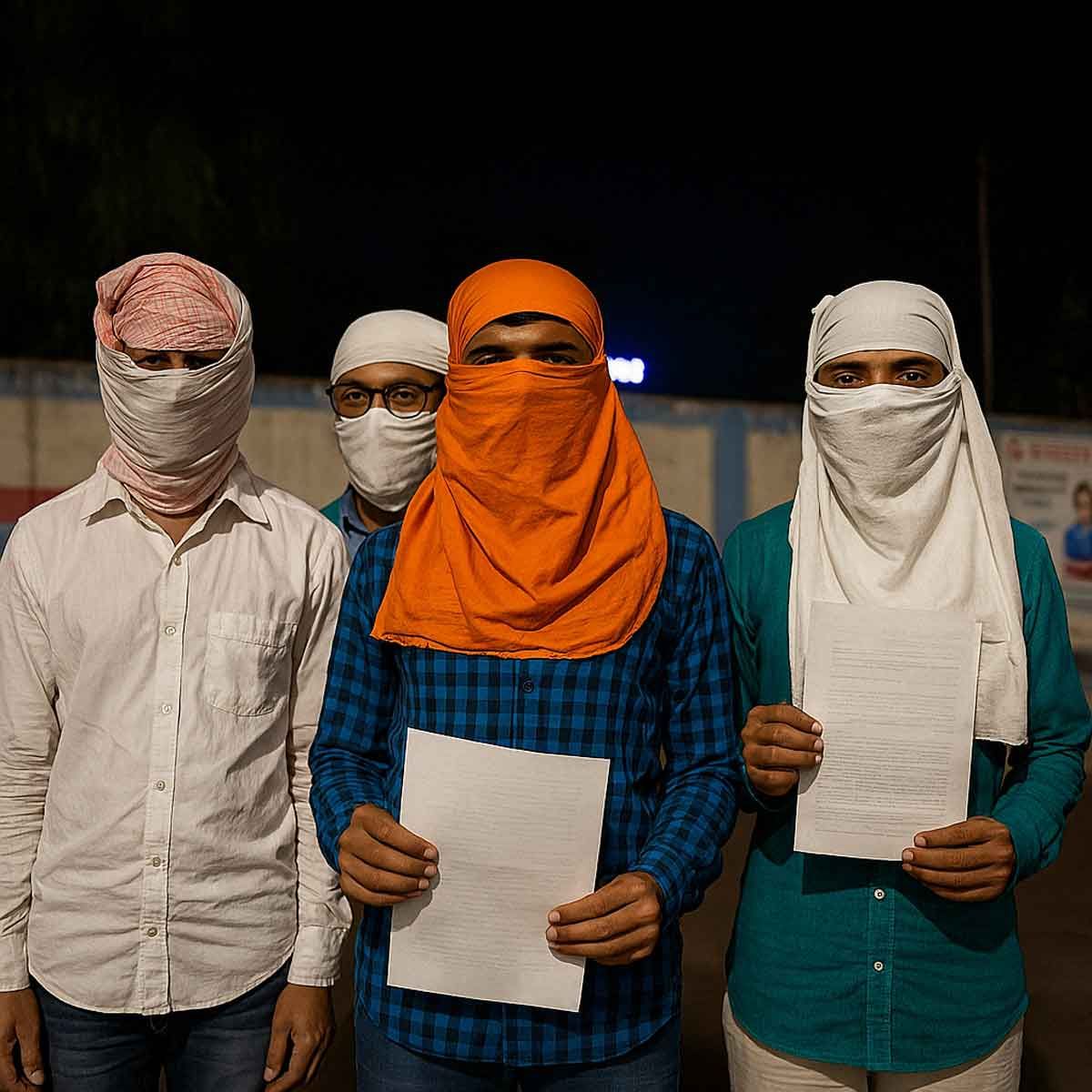More Coverage
Twitter Coverage
Satyaagrah
Written on
Satyaagrah
Written on
Satyaagrah
Written on
Satyaagrah
Written on
Satyaagrah
Written on
JOIN SATYAAGRAH SOCIAL MEDIA
"Repatriation is not just return, it's restoration of dignity": India's stolen sculptures, scattered in global museums, are more than objects; they are silenced narratives, severed links to our past, a plea for justice, and a call to restore our heritage
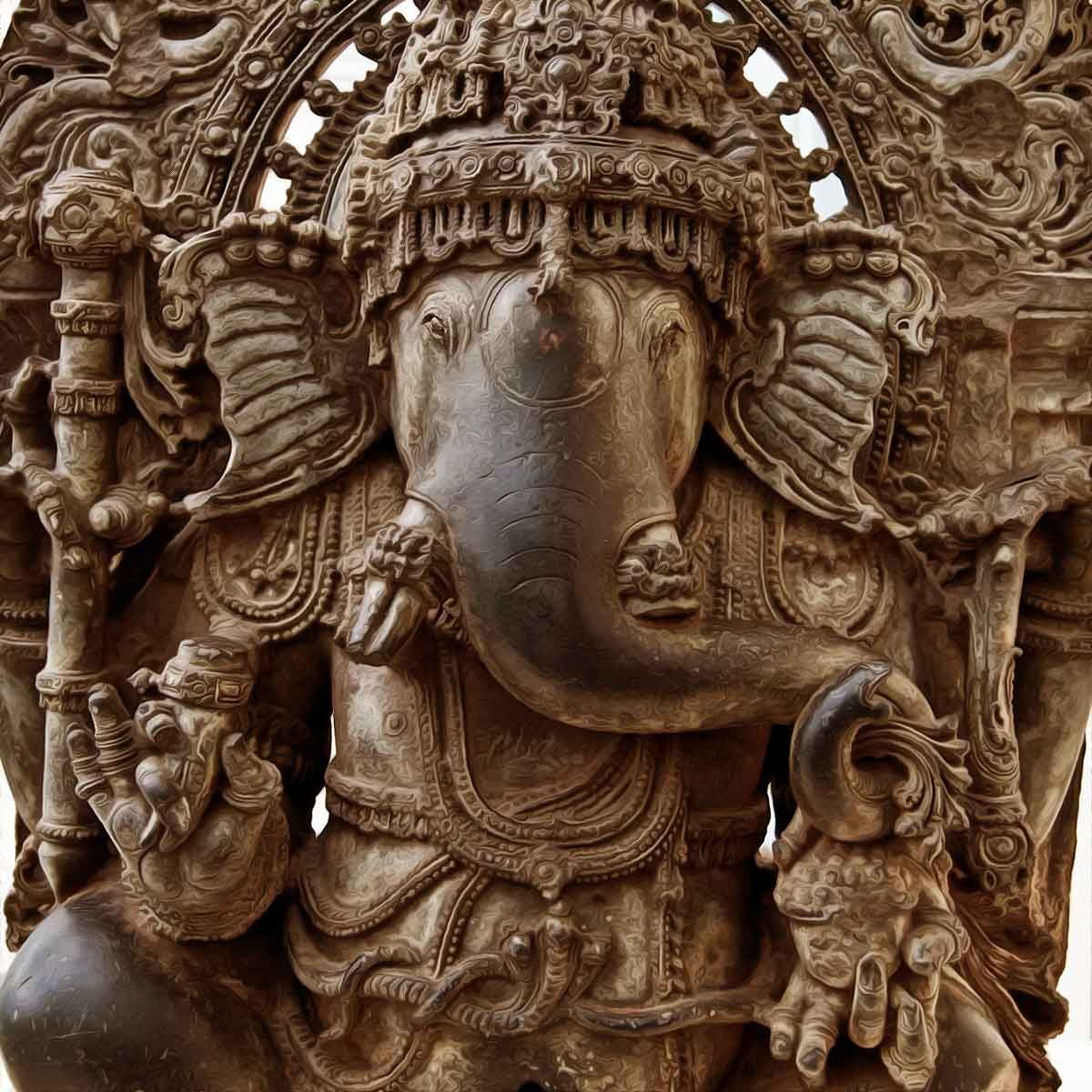
India, a land steeped in history and culture, has been a victim of one of the most egregious forms of cultural theft. For centuries, countless Indian sculptures, each a priceless piece of our shared human heritage, have been illicitly taken from their homeland. Today, they lie in museums and private collections worldwide, their true origins obscured, their cultural context lost. This article aims to shed light on this issue, expressing the anger, frustration, and sense of loss felt by Indians and all who value cultural heritage.
The story of India's stolen sculptures is a tale of colonial exploitation, illicit trafficking, and global apathy. It begins in the colonial era when European powers, under the guise of exploration and enlightenment, systematically looted the cultural treasures of their colonies. India, with its rich history and artistic traditions, was a prime target. Priceless sculptures were taken from ancient temples and archaeological sites, shipped off to foreign lands, and displayed as exotic curiosities.
The British Museum in London, the Louvre in Paris, and the Berlin State Museums are just a few of the institutions that house Indian sculptures, many of which were acquired under dubious circumstances. The Dancing Shiva at the Art Gallery of South Australia, the Buddha from Amaravati at the British Museum, and the Saraswati from Bhojshala at the British Museum are just a few examples of India's stolen heritage.
The end of colonial rule did not mark the end of this cultural plunder. The post-independence era saw a surge in illicit trafficking of Indian art. Unscrupulous smugglers, exploiting lax laws and corruption, pillaged archaeological sites and temples, selling the stolen sculptures to eager buyers in the international art market. These sculptures, stripped of their cultural context, were presented as mere art objects, their sacred significance and historical value ignored.
The theft and illicit trafficking of Indian sculptures is not just a loss of physical objects. It is a theft of history, a violation of cultural rights, and an erasure of collective memory. Each stolen sculpture is a severed link to our past, a silenced narrative of our cultural journey. The anger and frustration felt by Indians is not just about the loss of tangible heritage, but also about the loss of intangible cultural values and historical knowledge.
Despite the gravity of the issue, the response from the international community has been woefully inadequate. Many museums and collectors, hiding behind legal technicalities and dubious provenance records, have resisted repatriation claims. The lack of international legal frameworks and the high costs involved in restitution cases have further complicated the issue.
However, the tide seems to be slowly turning. Recent years have seen a growing awareness about the issue of cultural theft and a rising demand for repatriation. High-profile restitution cases, like the return of the Dancing Shiva by the National Gallery of Australia and the Kohinoor Diamond controversy, have brought the issue into the global spotlight.
From India's perspective, the return of stolen sculptures is not just about reclaiming physical objects. It is about restoring cultural dignity, reclaiming historical narratives, and correcting historical injustices. It is about ensuring that cultural heritage is respected and protected, not commodified and stolen.
In conclusion, the issue of India's stolen sculptures lying in world museums is a stark reminder of the cultural theft and exploitation that has marked much of global history. It is a call to action for all who value cultural heritage. It is a demand for justice, respect, and restitution. It is a plea for a world where cultural treasures are not trophies to be stolen and displayed, but shared legacies to be respected and preserved.
Harihara from Kashmir in Museen Dahlem (Dahlem Museums) Berlin, Germany
|
The idea of Harihara, an amalgamation of the gods Vishnu and Shiva, is a fascinating concept prevalent in the spiritual fabric of India. This notion finds itself prominently illustrated through various sculptures found across the globe. One such breathtaking sculpture hailing from ancient Kashmir is currently housed in the Museen Dahlem (Dahlem Museums) in Berlin, Germany.
This 9th-century artifact, crafted from soapstone, offers a unique and compelling glimpse into the Kashmiri spiritual heritage that was rich in the traditions of both Shiva and Vishnu worship. This intriguing piece of artwork, like many others, reflects the blending of distinct cultures and beliefs into one cohesive entity, an amalgamation that captures the essence of the diverse yet unified faith found within the Indian subcontinent.
The stone artifact is a testament to the spiritual richness of ancient and medieval Kashmir, where Shiva and Vishnu were venerated in high esteem. Countless sculptures dedicated to these two deities were meticulously crafted in various materials, such as stone and metals. These magnificent works of art are not only a representation of the deeply ingrained spiritual beliefs of the region but also of the artistic prowess that was prevalent in Kashmir during those times.
One such practice, highly popular at that time and followed by Kashmiri sculptors, involved the creation of a single image of Shankara (another name for Shiva) and Narayana (an epithet for Vishnu), termed as HARIHARA or Shankarnarayan. This concept of synthesizing Shiva and Vishnu into a unified figure not only suited the philosophical preferences of the Vaishnavites and Shaivites of Kashmir but also epitomized the harmonious confluence of two divergent sects within Hinduism.
Harihara, as a deity, is generally portrayed standing upright with the fusion of Shiva and Vishnu into a single body, a spiritual symbol that bridges the divide between Shaivism and Vaishnavism. This deity holds significant worship value in southern and eastern parts of India, where people revere this combined form of Shiva and Vishnu.
The widespread worship and admiration for Harihara can be observed through its sculpted images found in various temples of Cambodia, Bali, Java, Nepal, and Thailand. These pieces of art serve as the living testament of the deity's extensive reach and influence across different cultures and geographies.
This 9th-century soapstone sculpture of Harihara, therefore, is not merely a piece of art; it's a captivating narrative about the religious harmony and artistic talent of ancient Kashmir. The reverence and acceptance of a blended deity figure like Harihara demonstrate a spirit of tolerance and mutual respect within the diverse faith systems in India and beyond. It reminds us of the amalgamation of spiritual beliefs and artistic expression that was once, and still is, the essence of Indian culture.
|
Vaikuntha Vishnu
The striking figure of Vaikuntha Vishnu, originating from the ancient kingdom of Kashmir in what is now the region of Jammu & Kashmir, India, depicts an intricate and symbolic representation of the Hindu deity Vishnu. The term "Vaikuntha" was first ascribed to this form of Vishnu in the revered seventh-century religious text called the Vishnudharmottarapurana. This elaborate form is referred to as chaturmurti, a Sanskrit term meaning 'four-faced'.
A closer look at the meticulously crafted icon reveals that it encompasses three distinct faces – those of a lion, a boar, and a human. The lion and boar embody two of Vishnu's celebrated avatars – Narasimha and Varaha, respectively. This particular depiction of Vishnu is also recognized by the epithet Para-Vasudeva, a title that hails him as "the highest god".
However, the chaturmurti, the four-faced image, is not complete without the fourth face. Etched in low relief on the back of the halo surrounding the central figure, this face stands in stark contrast to the other three. This grimacing, demonic visage is marked by distinctive features, including menacing fangs and a vertical third eye on the forehead.
Accompanying this imposing figure of Vishnu are smaller attendants who play significant roles in Vishnu's iconography. On his left is Chakrapurusha, who personifies Vishnu's war discus. Originally, this figure was paired with Gadadevi on the right side – she represents the female embodiment of Vishnu's battle mace.
Beneath Vishnu's towering figure, nestled between his legs, is Prithvi, the Earth Goddess. Her presence underscores Vishnu's role as the preserver of the world in Hindu mythology.
Between the 8th and 10th centuries, this distinct and complex form of Vishnu became the primary cult icon in the kingdom of Kashmir. Its reverence underscores the region's rich spiritual traditions and its people's deep-rooted devotion to Vishnu. The Vaikuntha Vishnu sculpture remains a tangible testament to the kingdom's historical religious practices, offering a fascinating glimpse into its spiritual heritage.
Date: last quarter of the 8th century
Culture: India (Jammu & Kashmir, ancient kingdom of Kashmir)
Medium: Stone
Dimensions: H. 41 1/8 in. (104.5 cm)
Classification: Sculpture
Credit Line: Purchase, Florence and Herbert Irving Gift, 1991
Location | The Metropolitan Museum of Art
|
1990.1: Standing Three-Headed Shiva Sculpture
In the early centuries of the medieval period, Kashmir was a flourishing center of Hindu and Buddhist practices where several cults developed, including localized forms of Shaivism, the worship of the Hindu god Shiva. This work depicts a common icon in the Kashmiri Shaivite tradition, a three-headed form of Shiva known as Maheshvara (great lord). His smooth, rounded form, squat proportions, and flattened features closely resemble the artistic style that developed just before and during the rule of the Kashmiri king Avantivarman (r. c. 855–83). Kashmir was at the cross¬roads between India and the provincial Hellenistic region of Gandhara to the north. The suggestion of musculature in Shiva’s torso reveals the lingering influence of Gandharan styles upon Kashmiri art.
Numerous attributes identify this crowned figure as the great Hindu god Shiva: the vertical third eye, linked snakes across the chest, tiger skin draped across the thigh, and an erect phallus, symbol of both potency and control. The three heads express different aspects of this manifold deity. A smiling female, a benign male, and a violent male perhaps correspond to Shiva’s powers as creator, protector, and destroyer. The now missing arms would have held additional emblems to communicate the god’s cosmic powers.
Sacred texts describe Shiva’s complex and paradoxical character. Probably developing around 200 BCE, Shaivism, or the worship of Shiva, had become widespread in India by the late sixth century. A multitude of visual forms—abstract and anthropomorphic—arose to represent Shiva’s grace, energy, and mythic exploits. The rounded forms, well-modeled musculature, and controlled exuberance of this figure characterize the sculptural style that developed in late ninth-century Kashmir, during the reign of the Karkota dynasty (625–1003).
Standing Three-Headed Shiva Sculpture
Object Number | 1990.1
Sculpture, figure
Date | Karakota period, circa 700-900
Creation | South Asia, #India #Kashmir
Karakota period, c. 7th-9th centuries Persistent Link | https://hvrd.art/o/200467 Harvard Art Museums/Arthur M. Sackler Museum, Ernest B. and Helen Pratt Dane Fund for Asian Art
 Support Us
Support Us
Satyagraha was born from the heart of our land, with an undying aim to unveil the true essence of Bharat. It seeks to illuminate the hidden tales of our valiant freedom fighters and the rich chronicles that haven't yet sung their complete melody in the mainstream.
While platforms like NDTV and 'The Wire' effortlessly garner funds under the banner of safeguarding democracy, we at Satyagraha walk a different path. Our strength and resonance come from you. In this journey to weave a stronger Bharat, every little contribution amplifies our voice. Let's come together, contribute as you can, and champion the true spirit of our nation.
 |  |  |
| ICICI Bank of Satyaagrah | Razorpay Bank of Satyaagrah | PayPal Bank of Satyaagrah - For International Payments |
If all above doesn't work, then try the LINK below:
Please share the article on other platforms
DISCLAIMER: The author is solely responsible for the views expressed in this article. The author carries the responsibility for citing and/or licensing of images utilized within the text. The website also frequently uses non-commercial images for representational purposes only in line with the article. We are not responsible for the authenticity of such images. If some images have a copyright issue, we request the person/entity to contact us at This email address is being protected from spambots. You need JavaScript enabled to view it. and we will take the necessary actions to resolve the issue.
Related Articles
- United States: Five dead fetuses were recovered by DC Police from the Chief Medical Examiner's residence Lauren Handy an anti-abortion activist and have a long history of legal troubles
- 'Wanted to assassinate Queen Elizabeth for Jallianwala Bagh massacre': Claims Sikh man who broke into Windsor Castle
- As per Gun Violence Archive, an independent organization that collects data from over 7,500 source that mass shootings continue in USA, at least eleven more reported since the Uvalde school massacre 5 days ago
- 'In Trump I Trust': Donald Trump's Mar-a-Lago home raided, horde of angry supporters descends there in the hours following shock FBI raid of ex-president's Florida club, investigation focused on material that Trump took with him while leaving White House
- "What is stolen is never truly owned": India sets out to recover stolen antiquities with a dedicated 'Heritage Squad', time to reclaim our treasured past, one artifact at a time, the power of our past fueling the pride of our present - a true celebration
- "The truth is incontrovertible. Malice may attack it, ignorance may deride it, but in the end, there it is": Killers Of The Flower Moon to be in theatres this October based on a series of Osage murders during 1920s after oil was discovered on tribal land
- "In every brushstroke, a story unfolds": Amadubi, a vibrant canvas where nature's colors meet tribal artistry, earthy hues tell tales of ages, and every handcrafted piece echoes generations of tradition, dive into this treasure to feel the pulse of Bharat
- Kartar Singh Sarabha - The Freedom fighter who was Hanged at the age of 19 and inspired Bhagat Singh
- National security or victims of Muslim rape gangs are not a priority for UK to avoid “Islamophobia” label as in most Western countries: Convicted pedophile Muslim MP served on government Muslim rape gang panel
- Philadelphia Mass shooting in USA: 3 dead, 11 injured after multiple attackers open fire at crowded street using automatic weapons which are easily available in US stores, No arrests till now, police looking for surveillance footage
- Video of armed Taliban men dancing inside classroom went viral, Islamist group got ecstatic after closing the girls’ school: war-torn Afghanistan banned higher schooling of girls as per Sharia Islamic law
- India condemns Connecticut General Assembly for recognising declaration of Sikh Independence: 'Mischievous elements using Assembly for nefarious purposes, India and USA has no place for bigotry and hatred'
- "Return to the root and you will find the meaning": PM Modi interaction with Tamil Hindu Adheenams before the Sengol Ceremony when the Adheenams handed him special gifts including ‘Sengols’ and chanted verses from the Thirumurais
- “The bigmouths never visited Lord Ram’s birthplace and kept on playing politics”: Ram Mandir chief priest says only BJP cares about Ram Mandir, Modi did Shilanyas and CM Yogi visited 40 times
- "There are crimes that, like frost on flowers, in one single night destroy character and reputation": NYC murders, shootings spiked in July as part of 40% jump in major crimes in 2022, “Bullets don’t have no name,” the East New York resident lamented

















